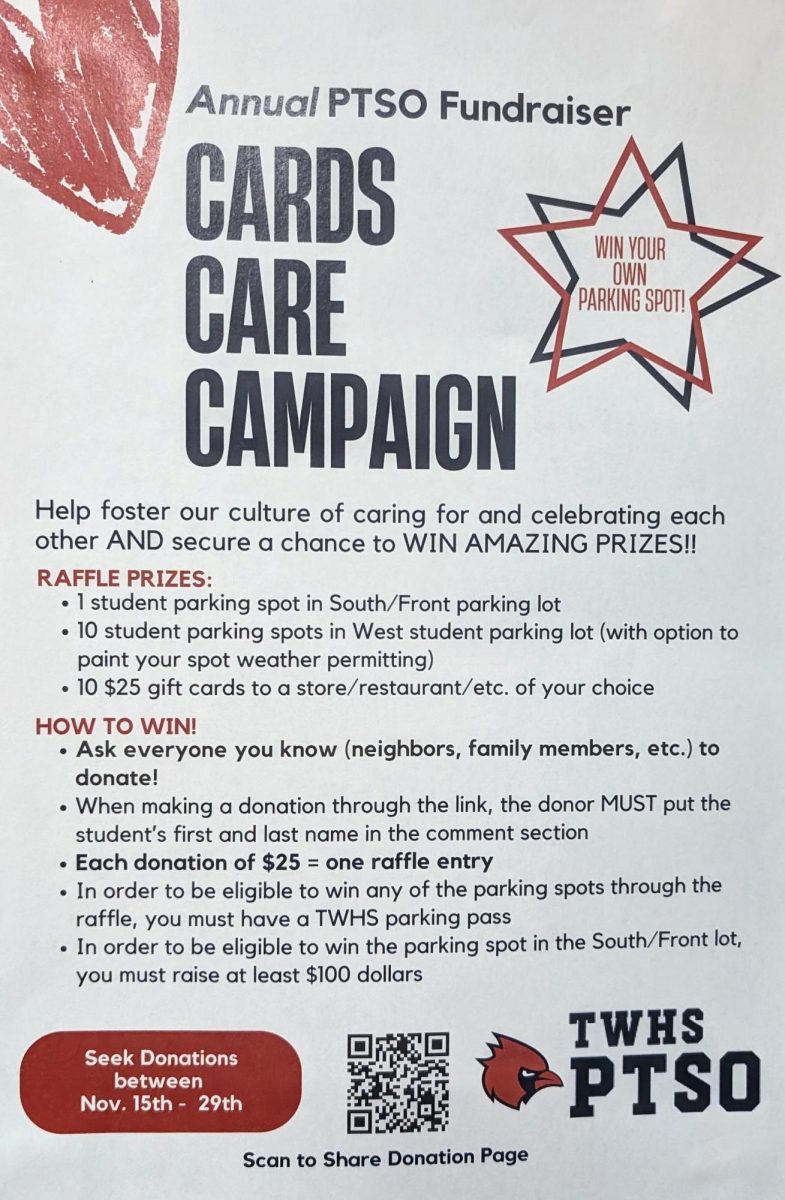Rules of Roller Derby
May 16, 2016
Roller derby is a full contact and fast-paced female-dominated sport first introduced during the Great Depression. Derby began as entertainment with a lot of theatrics, but now every hit, jump, trick and injury is real. As the sport has evolved, so have the rules and regulations on the track. Boys and girls from the ages of seven to 17 can play roller derby under the Junior Roller Derby Association (JRDA).
To understand the game of roller derby, knowledge of the positions is critical. Each team has one jammer three blockers, and one pivot. Pieces of cloth called helmet covers or helmet panties, differentiate the positions on the track. Jammers have star helmet covers. After the initial pass, when the first jammer out of the pack is dubbed “lead” jammer, he or she starts racking up the points. To score points, the jammer does not have to completely pass the any specific player, just get his or her hips in front of their opponent without getting a penalty. Alternatively, a player could go for a quick “grand slam” and “jump the apex,” which is when the jammer approaches the inside corner and jumps around the blockers by basically jumping over their legs.
Next, the blockers, who don’t have helmet covers at all, are responsible for slowing down the opposing team’s jammer and playing offense for their jammer simultaneously. Imagine trying to keep your own balance on roller skates while someone attempts to push you all while trying to follow all of the rules of the game. Blocking jammers while they are in the air jumping corners or even when they keep both feet on the floor is never easy.
Last but not least, the pivot has a striped helmet cover. The pivot is a blocker with the ability to become a jammer by something called a panty pass, if needed. A panty pass occurs when the jammer is stuck or is tired and simply needs a break. That jammer hands the star helmet cover to the pivot thereby making the pivot a jammer. The old jammer then becomes a blocker. The pivot is not a required position, but it is always good to have a pivot as a back up. If the jammer needs a panty pass, the pivot can not just take the helmet cover off of the jammer’s head. It must be handed to the pivot by the jammer.
The games are separated into 30 minute halves and contain many plays called “jams” that can last two minutes with up to 30 seconds in between. Each team has five players on the track at a time: the jammer, pivot and three blockers or just the jammer and four blockers. Each team is also given three time-outs and one official review. An official review is when a player gets a penalty during the jam, but the bench coach does not agree with the call. The coach can try to remove the penalty from that player. Sometimes a bench coach sees a penalty happen within a previous jam, but the referee doesn’t call the penalty. The official review allows the bench coach to attempt to get the referees to reward the opposing player with a penalty.
The JRDA has many rules that can be hard to follow at times. Players can not use their arms or elbows – only shoulders. They cannot hit in the back, below the knee or block with the head. If a player gets sent to the box, and they hit the chairs or bench so that it moves it, that is also a penalty. These are only a few of the many rules, and as part of a roller derby team, it’s important to follow all of them because players can only accumulate seven penalties before they “foul out.” In rare cases, if a penalty is really bad or if a player is a repeat offender of dangerous maneuvers, that athlete can be removed from the game even without accruing seven penalties.
With a bit of knowledge, anyone can enjoy the sport of roller derby, and though it is a competition for the athletes, it will still be entertaining for spectators.

























